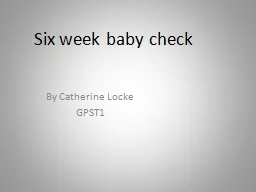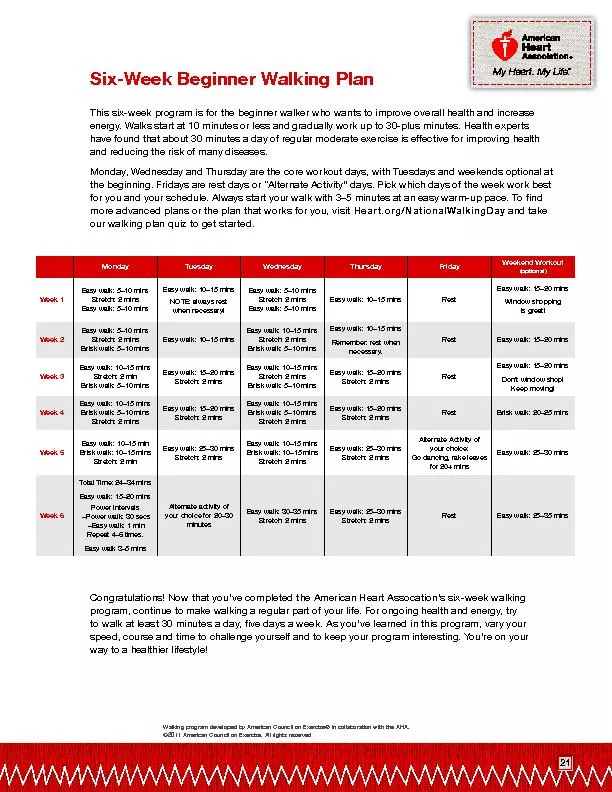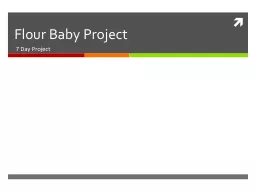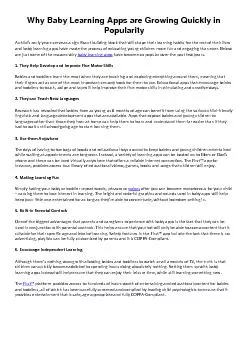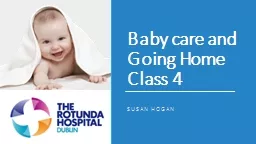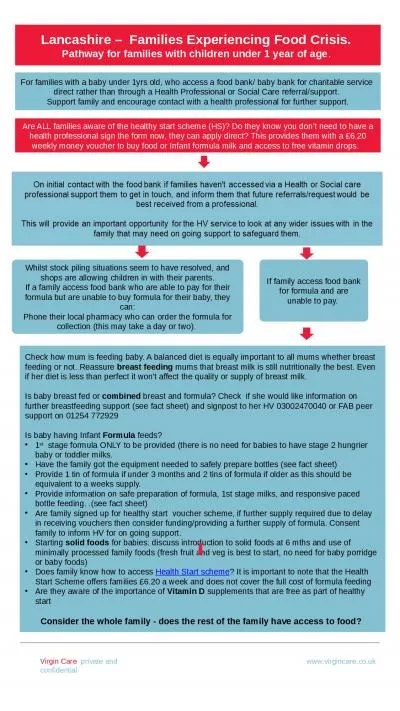PPT-Six week baby check
Author : conchita-marotz | Published Date : 2019-11-19
Six week baby check By Catherine Locke GPST1 Aims Background Physical examination important diagnoses and referral options Review of development growth charts
Presentation Embed Code
Download Presentation
Download Presentation The PPT/PDF document "Six week baby check" is the property of its rightful owner. Permission is granted to download and print the materials on this website for personal, non-commercial use only, and to display it on your personal computer provided you do not modify the materials and that you retain all copyright notices contained in the materials. By downloading content from our website, you accept the terms of this agreement.
Six week baby check: Transcript
Download Rules Of Document
"Six week baby check"The content belongs to its owner. You may download and print it for personal use, without modification, and keep all copyright notices. By downloading, you agree to these terms.
Related Documents

